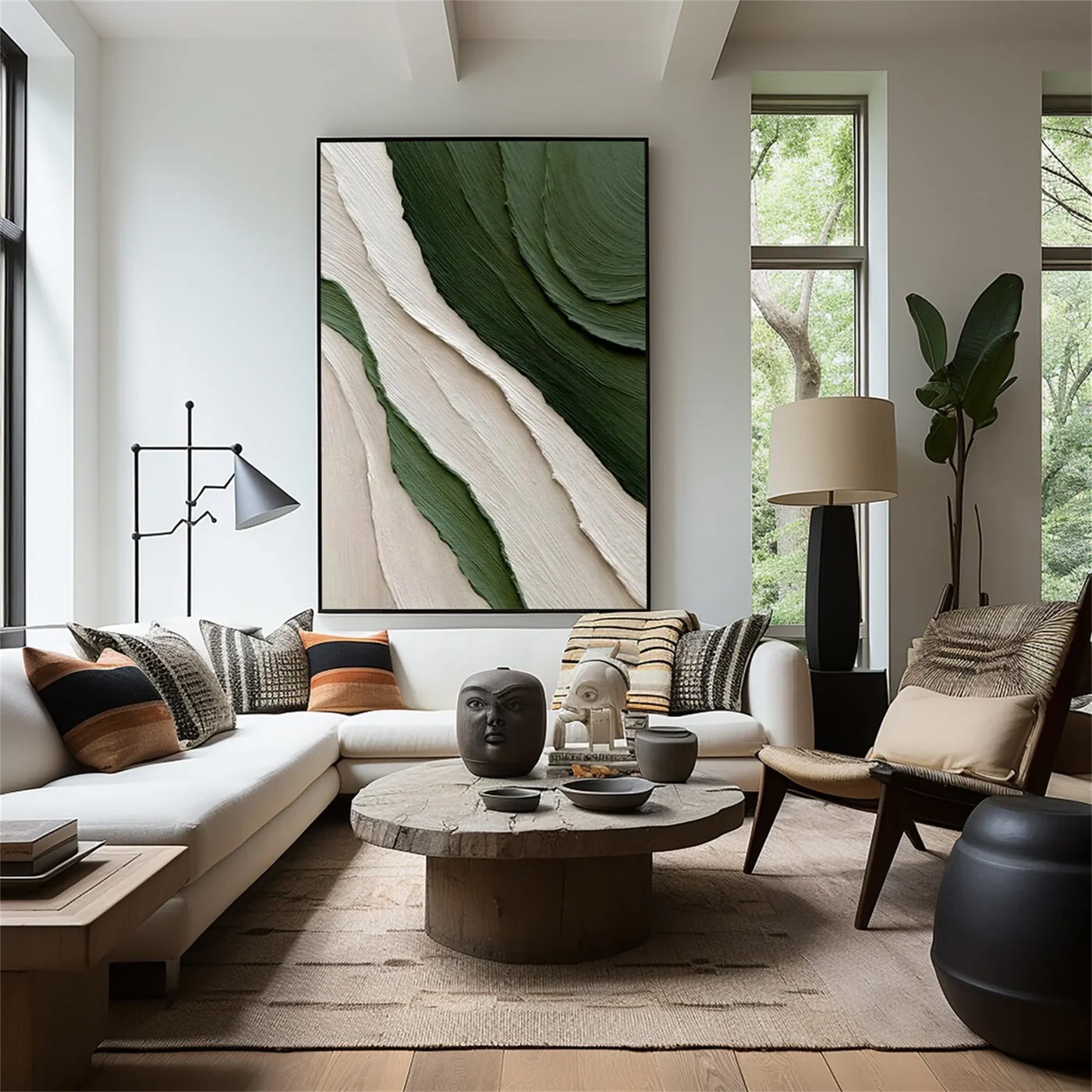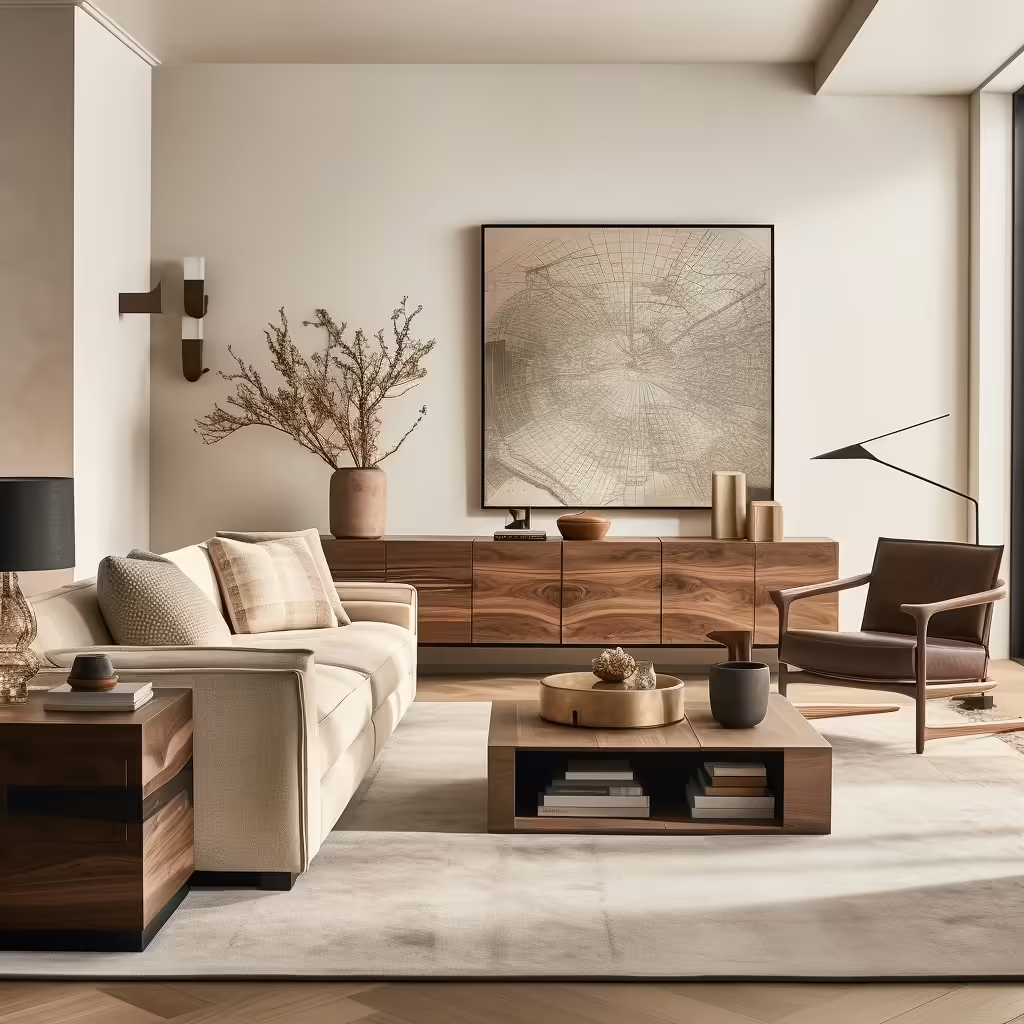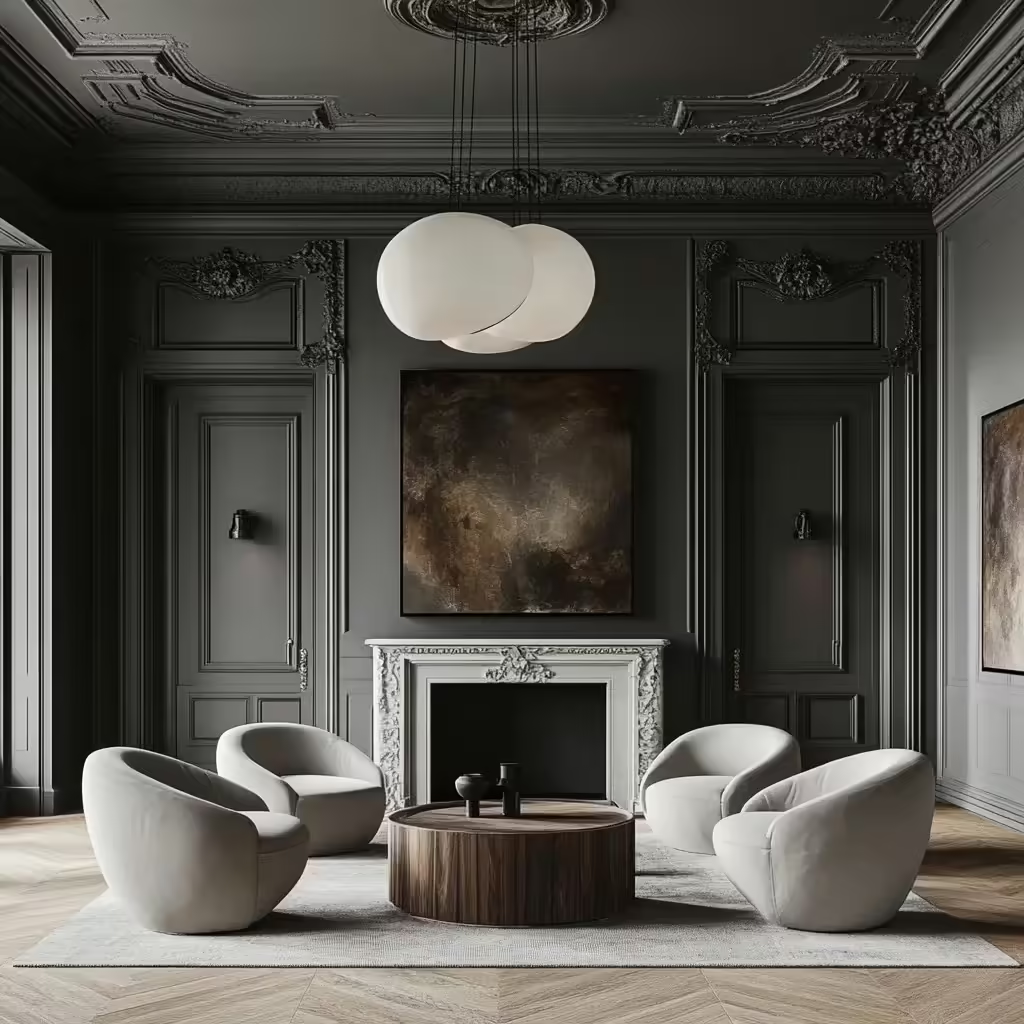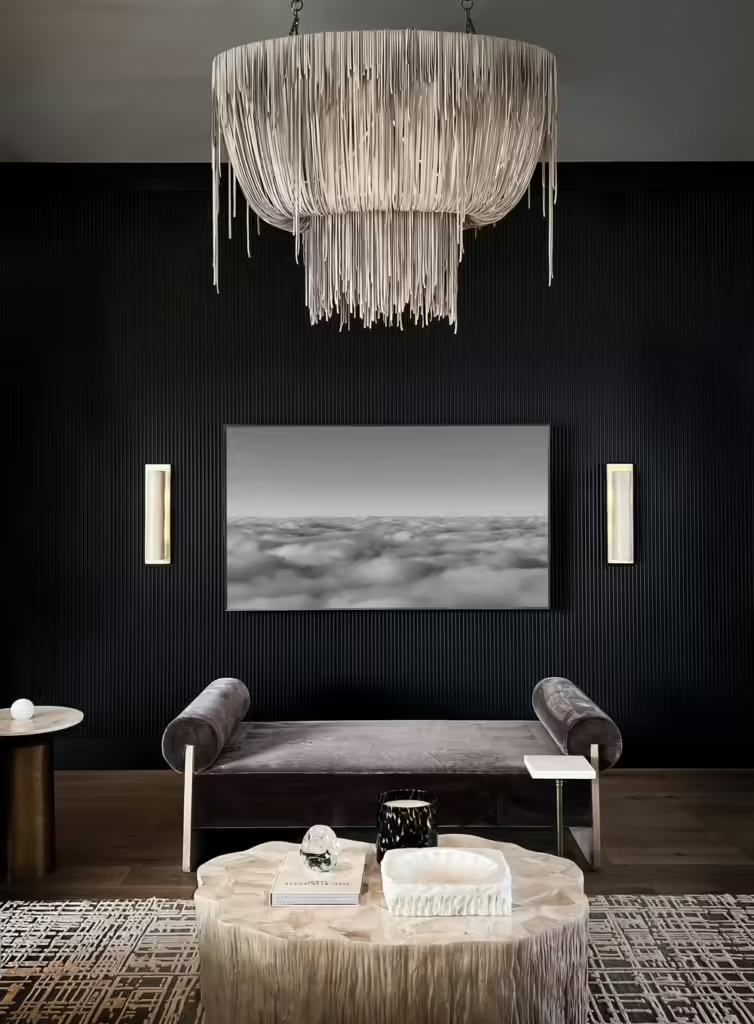Seven Principles of Design: Proportion and Scale
by Haus of Blaylock
Photo Credit: Vinchy Art
Mastering Proportion and Scale in Luxury Interior Design
Welcome to the Haus of Blaylock luxury interior design blog! Today, we’re diving into the fourth principle of design: proportion and scale. These two elements are essential in creating luxurious interiors that feel balanced, harmonious, and visually stunning. Achieving the right proportion and scale is key to designing spaces that exude elegance and functionality.
Understanding Proportion in Interior Design
Proportion refers to the relationship between the size and shape of different objects within a space. Maintaining proper proportion ensures that elements work together to create a cohesive design.
For example, placing a large sofa in a small living room overwhelms the space, making it feel cramped and unbalanced. Similarly, a tiny rug in a spacious room looks out of place and diminishes the overall aesthetic. To achieve proportion, carefully consider how the size and shape of each piece relate to the other elements in the room.

Tips for Perfect Proportion in Design
- Match the size of furniture pieces to the room’s dimensions.
- Ensure rugs are proportional to the seating area they anchor.
- Combine varying shapes and sizes for visual interest, but maintain harmony by aligning similar proportions.
Understanding Scale in Interior Design
Scale focuses on the size of objects in relation to the space they occupy. It can create a sense of drama or highlight specific design elements in a room. In luxury interior design, scale plays a crucial role in making a bold statement.
For example, a large chandelier in a dining room not only illuminates the space but also becomes a dramatic focal point. Similarly, an oversized piece of artwork can add emphasis and transform a plain wall into a stunning feature.
Tips for Effective Scale in Design
- Use large-scale items, like statement chandeliers or artwork, to draw attention to focal points.
- Balance oversized elements with smaller accents to avoid overwhelming the space.
- Consider the ceiling height when selecting furniture or lighting.

Achieving Balance and Drama in Luxury Interiors
Incorporating a mix of proportions and scales is vital for creating a balanced, visually engaging room. A blend of large and small elements adds contrast and depth, enhancing the overall design. For example, pairing an oversized sofa with a delicate side table balances drama with subtlety.
Oversized pieces—such as statement rugs, towering bookshelves, or expansive mirrors—infuse grandeur and luxury. However, these should be complemented with smaller, understated details to maintain harmony.
Proportion and Scale in Furniture Selection
When choosing furniture, pay attention to how pieces relate to one another. For instance, the height of dining chairs should align comfortably with the dining table. Similarly, side tables should be proportionate to the height of nearby sofas or chairs to ensure functionality and visual balance.

Conclusion
Proportion and scale are essential principles of luxury interior design, influencing both the functionality and aesthetic of a space. By carefully balancing these elements, you can create interiors that feel harmonious, dramatic, and elegant. At Haus of Blaylock, we specialize in crafting bespoke designs that reflect your personal style while incorporating timeless principles like proportion and scale. Stay tuned for our next blog, where we’ll explore the fifth principle of design: Emphasis.

